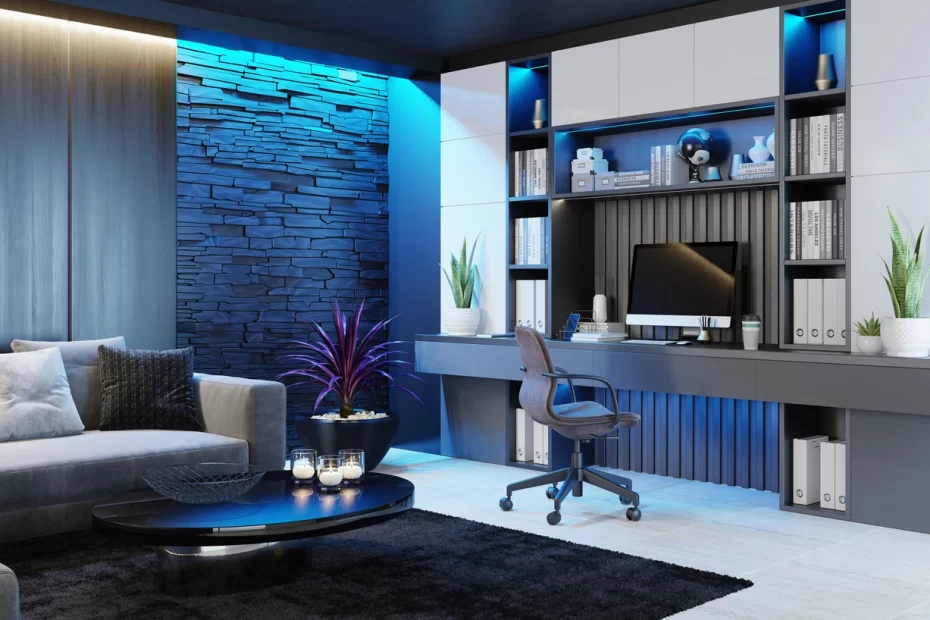Introduction
Architectural minimalism has emerged as a dominant design philosophy, characterized by simplicity, clean lines, and a focus on functionality. While it may seem like a contemporary trend, its roots trace back through various periods, embodying a timeless and enduring elegance that continues to shape the world of architecture.
The Essence of Minimalism
More than a mere aesthetic choice, minimalism in architecture is a deliberate effort to distill a structure to its essential elements. Stripping away ornamentation, this approach creates uncluttered spaces with a harmonious balance between form and function, fostering an atmosphere of serenity and profound engagement.
Harmony of Light and Space
Central to minimalist architecture is the meticulous use of light and space. Expansive, unobstructed windows invite natural light to flood interiors, creating openness. The interplay of light and shadows on simple surfaces becomes an integral design element, accentuating the beauty found in the absence of excess.
Materials and Texture
Minimalism often relies on a restrained palette of high-quality materials, such as glass, steel, and concrete. The emphasis is on the intrinsic beauty of these materials, showcasing their textures and finishes. This careful selection not only contributes to the durability of structures but also adds to the timeless aesthetic of minimalist designs.
Enduring Appeal
While design trends come and go, the appeal of minimalism endures. Its time-tested elegance transcends cultural and temporal boundaries, making it a design philosophy that resonates across generations. The simplicity of form and emphasis on function contribute to minimalist architecture’s lasting influence on the built environment.
Conclusion
In conclusion, the enduring allure of architectural minimalism lies in its ability to create spaces that stand the test of time. By prioritizing simplicity, functionality, and a timeless aesthetic, minimalist architecture continues to shape the architectural landscape. Therefore, leaving an indelible mark on the way we experience and interact with our built surroundings.
More on INJ Architects:
Harmony in Design: Balancing Form and Function in Architecture
